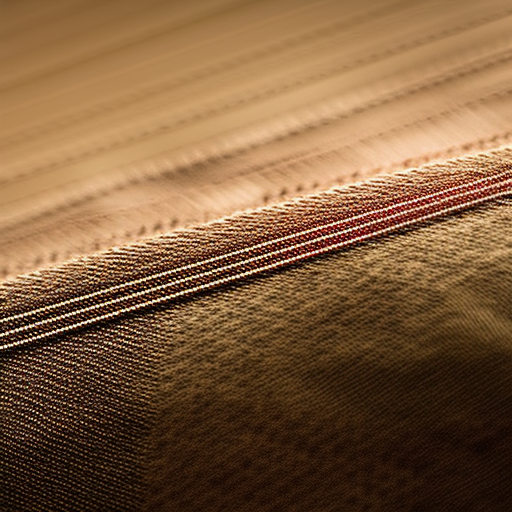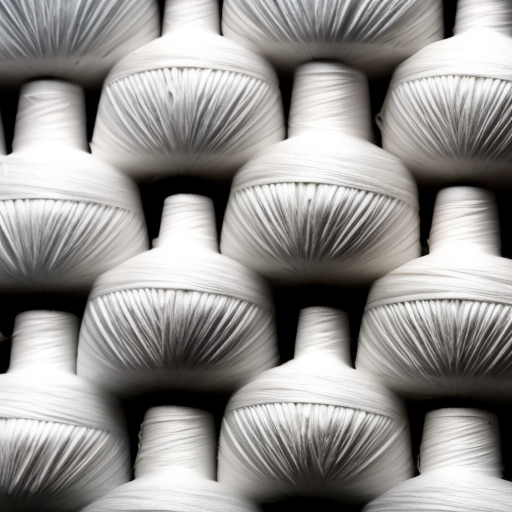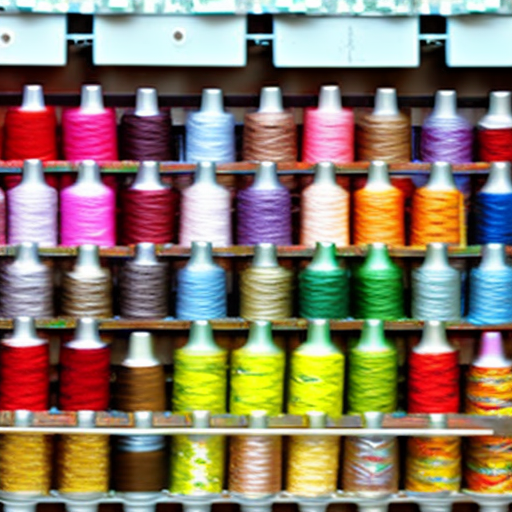
Introduction
Velcro is widely used in various sewing projects, providing a convenient and reliable fastening solution.
However, when sewing Velcro onto fabric, many people often encounter the frustrating issue of thread
continually breaking during the process. In this article, we will explore some potential causes of this
problem and offer tips to help you sew Velcro more effectively.
Possible Causes of Thread Breakage
Understanding the reasons behind thread breakage when sewing Velcro will enable you to address the issue
more effectively. Here are some potential causes:
-
Inadequate Needle Size: Using the wrong needle size, particularly one that is too
thin or dull, can lead to thread breakage. Ensure you use a proper needle size suitable for the
fabric and Velcro thickness. -
Tension Issues: Improper tension settings on your sewing machine can cause the
thread to break. Adjust the upper thread tension and check the bobbin tension to ensure they are
correctly set. -
Low-Quality Thread: Inferior quality or old thread can be prone to snapping. Invest
in good-quality, strong thread specifically designed for sewing heavy-duty materials. -
Incorrect Stitch Length: Using excessively short or long stitches can stress the
thread, leading to breakage. Experiment with different stitch lengths and find the optimal one for
sewing Velcro.
Tips for Sewing Velcro Successfully
Now that we have identified potential causes, here are some tips to help you sew Velcro without
experiencing thread breakage:
-
Choose the Right Needle: Ensure you use the correct needle size and type for your
fabric and Velcro. Use a heavy-duty or ballpoint needle appropriate for the project. -
Check and Adjust Tension: Ensure your sewing machine’s tension is correctly set. If
necessary, consult the machine’s manual or seek assistance to adjust both upper and bobbin thread
tensions. -
Use Good-Quality Thread: Invest in strong, high-quality thread suitable for sewing
heavy-duty materials. Avoid using old, brittle thread that is more likely to break. -
Test Stitch Length: Experiment with various stitch lengths on scrap fabric to find
the ideal length for sewing Velcro. Generally, using a moderately longer stitch length can reduce
thread breakage. -
Pull Velcro Less: When sewing Velcro, try to minimize stretching or pulling the
fabric. Excessive tension while feeding the fabric can stress the thread and may cause it to break. -
Consider Extra Reinforcement: For particularly heavy-duty applications, consider
reinforcing the Velcro attachment points with additional stitches or using a heavier thread.
Conclusion
Sewing Velcro can be a frustrating task when faced with continuous thread breakage. However, by
understanding the potential causes and following the tips provided in this article, you can significantly
improve your sewing experience. Remember to use the correct needle, adjust tension, and choose high-quality
thread. Additionally, ensure you test and find the appropriate stitch length. With these considerations in
mind, sewing Velcro should become a smoother and more successful endeavor.





Look to make sure the needle is the right size for the thread you are using
Laura B: You can also try lubricating the needle with beeswax to help the thread slide through more easily! #experttip
Going too fast could be causing the thread to break!
I’ve found that using a serger to sew velcro works brilliantly – much stronger than with a sewing machine. Plus, the reverse stitch of the serger won’t undo the stitching. #moreexperttips
Double check that the needle is free from any dust or lint build up, as that can cause the thread to break as well! #savesomesteps #cheaptrick.
I found that to keep the thread from breaking, it helps to use a special velcro sewing thread as the standard one may frazzle and break more easily. #extraprecaution
It might help if you press the seams open with an iron before even attempting to sew them. #keepsseamsneat #makeitstreight
Make sure to use the correct stitch size for the fabric type you are using. #knowlthygauge #staysafetogether
Also consider using a thicker needle when sewing velcro – the larger eye of the thicker needle is better equipped to handle the heavy thread. #quickersewing
Keep in mind that the thread tension needs to be just right – too loose and the stitching will be weak, but too tight and the thread can break. #precisionstitching #forthewin